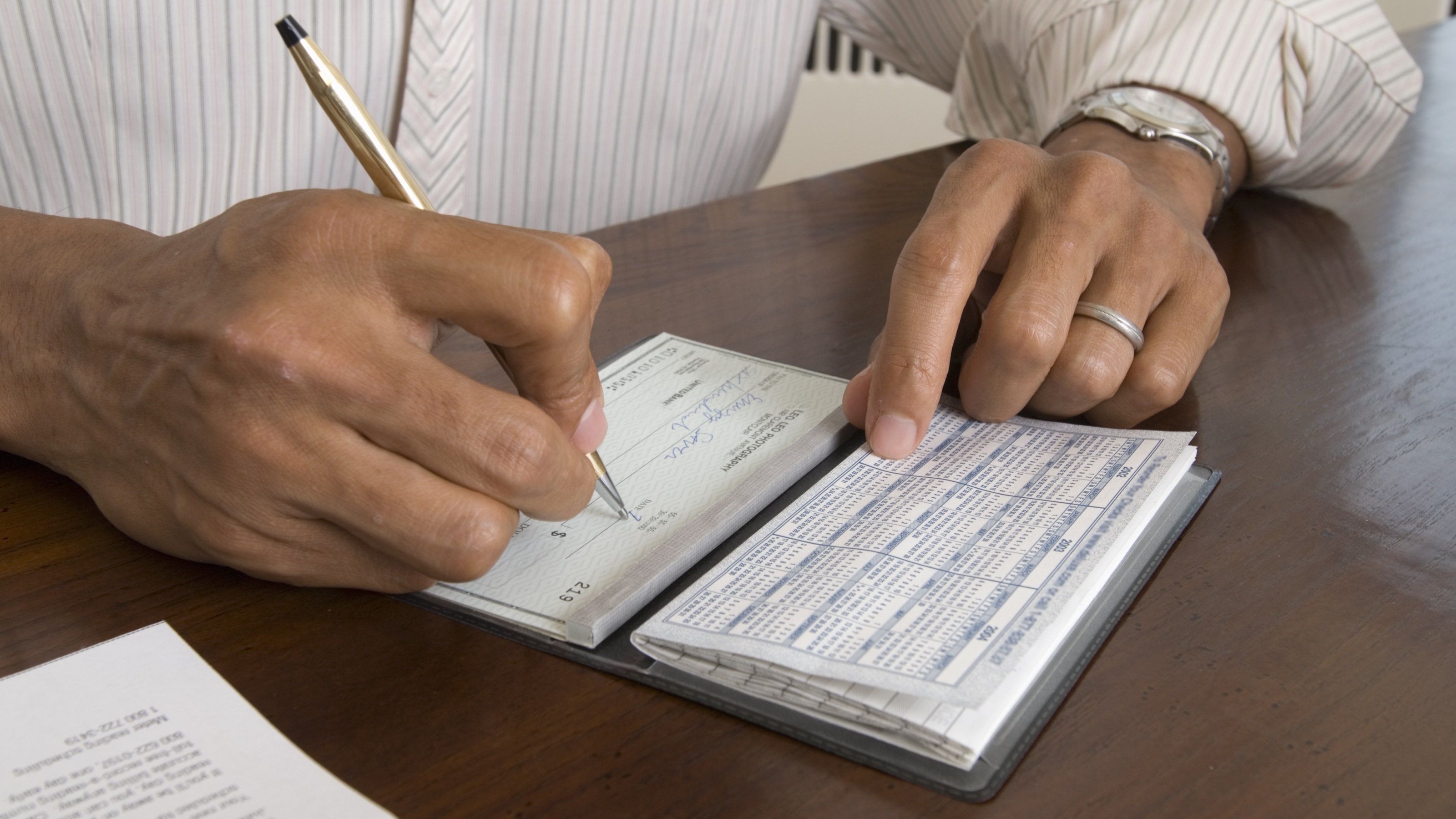
It may seem as though check-writing is becoming a lost art, but it remains a popular way to send money. A recent study from Abrigo, which makes fraud-prevention software, found that 61% of Americans still write checks.
If you’re among them, there are a few simple precautions you can take to avoid fraud and theft.
Check washing and ID theft
Check washing scams involve changing the payee names or the dollar amounts on checks and fraudulently depositing them. Criminals may also steal checks from mailboxes and use chemicals to remove — or "wash" off — the ink before rewriting it to themselves.
To avoid falling victim, make sure to fill out all the required fields on a check. If possible, use indelible ink or a gel pen; gel ink is more difficult for criminals to “wash” off than ink from a ballpoint pen.
If a blank space appears to the right of the dollar amount you’ve written, draw a line through the space to help prevent crooks from altering or adding to the amount. Roxann Cooke, senior director of consumer banking at Chase, recommends that you never make a check payable to “cash,” which could allow anyone to deposit it. Instead, write the intended recipient’s name.
Also, avoid sharing too much of your personal information on a check. Don’t include your driver’s license number, Social Security number or anything else that a thief could use to steal your identity.
Mailing checks safely
If you’re sending a check through the mail, put it in a security envelope, which has a crosshatch pattern on the interior to mask the envelope’s contents. Or, if you use a standard envelope, wrap the check in a piece of paper before you place it inside.
Cooke suggests taking your check to a post office to mail it rather than putting it in your home mailbox, where a thief may be able to intercept it more easily. For extra protection — say, for a large payment — you can send the check by certified mail, which requires the recipient to provide a signature upon delivery.
Finally, always follow up with payees to make sure they've received your check.
Note: This item first appeared in Kiplinger Personal Finance Magazine, a monthly, trustworthy source of advice and guidance. Subscribe to help you make more money and keep more of the money you make here.







